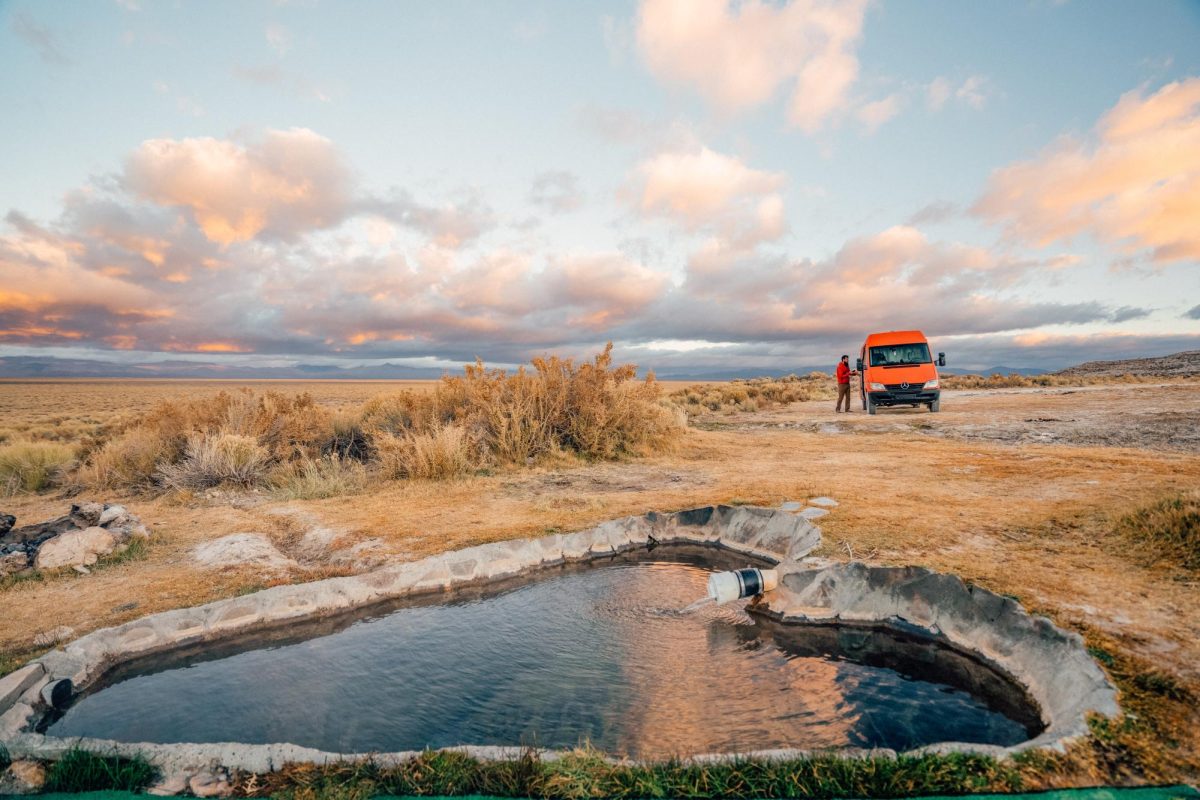
Throughout the decades, home interior trends have come and gone, ranging from Art Deco in the 1920s, to midcentury in the 1950s, to steering wheels and rearview mirrors in the living room.
Living in vehicles is not a brand new practice, but it certainly has seen an increase in popularity in the past few years.
With home prices on a steady rise, it has become increasingly difficult for Americans to afford proper housing. This issue mixed with the piqued interest of vehicle living among social media users has ultimately led to a spike in van, car, and motorhome residents.
For most, the appeal of living in a vehicle stems from the financial and exploration freedom it provides. It is a common assumption that people living in their cars have no other choice, and while this can sometimes be the case, it is not always true.
To some it may seem unrealistic to choose to leave behind a grounded house for a home on wheels, but for others there is a massive appeal.
Due to the expense of housing, Americans across the country have reported that their dream of owning a home is becoming far more unachievable as each day passes. This is especially a concern for residents in California, where the median price of a house reaches approximately $800,000.

Tenants of rented homes share the same problem as well, with the average California rent showing an increase of 25.77% as of 2023.
The grand population, lack of job opportunities, and continuously increasing cost of living in California has forced inhabitants to make a change. To some, this change means figuring out how to pack a home’s belongings into the trunk of a car.
Vehicle residency is one of the fastest-growing forms of homelessness. In a three year period from 2016 to 2019, the number of people sleeping in their cars increased from 100,000 to 140,000.
But making this switch is not necessarily always a last resort, and it is not perceived as a negative thing for a lot of people. In fact, in the eyes of many of those who live in vehicles, it is an ideal way of life.
For instance, in a blog called “The Wandering Woods,” the author of the blog, Betsy Woods, expands upon living in a van and answers questions that she receives.
When asked what her favorite part of van life was, Woods said, “Saving money! We were throwing away a ton of money on rent and utilities every month that we now get to put towards our loans or savings, which is amazing.”
To sum up this belief: living in a vehicle brings a simpler way of living. Less to spend on rent, more to save for hobbies, passions, and activities. Fresh scenery and new locations bring a spark for life that was previously burnt out.
While the choice to live in a vehicle has many versatile reasons behind it, funds play a very large part in almost every person’s decision, whether it involves extra spending money or an overall cheaper way of life.

